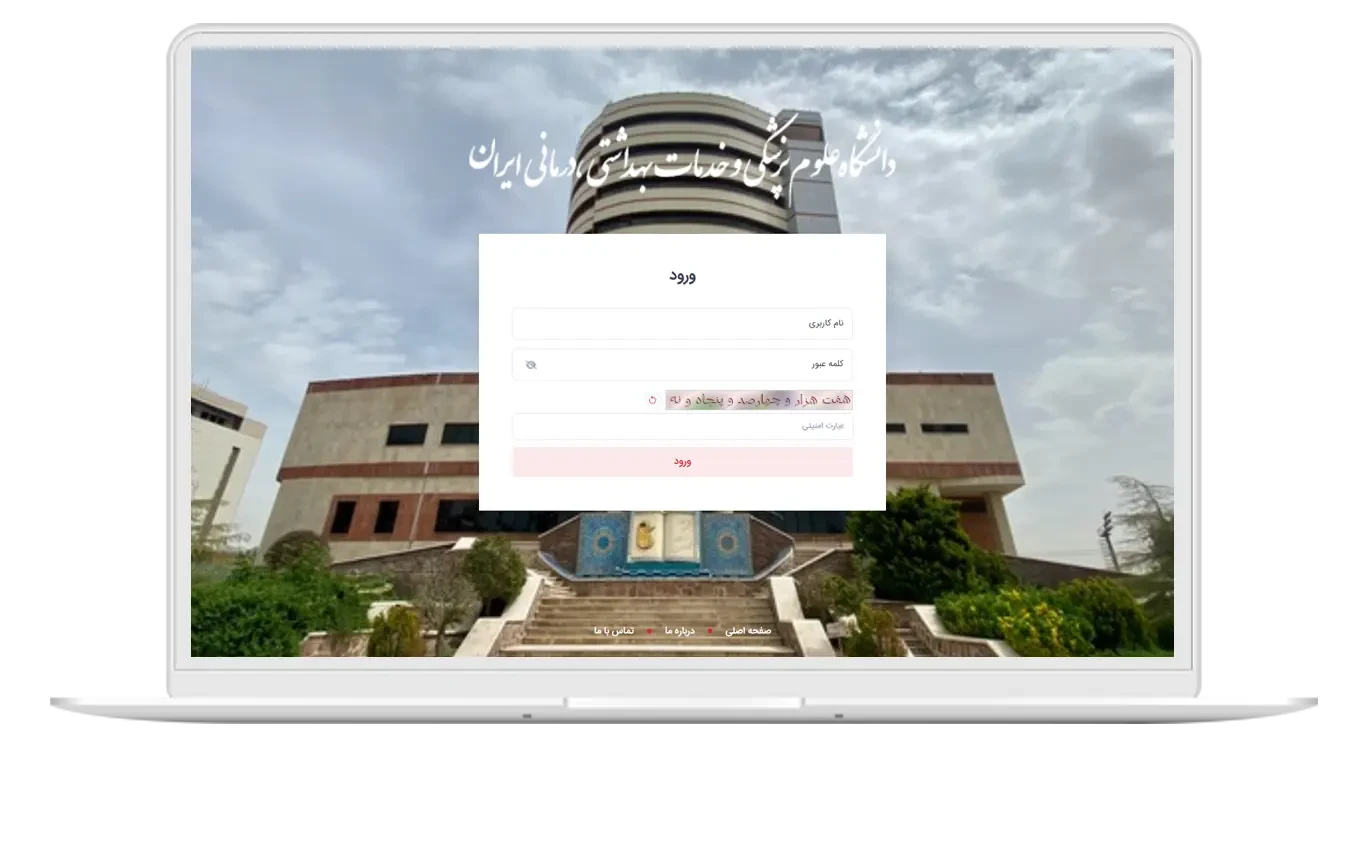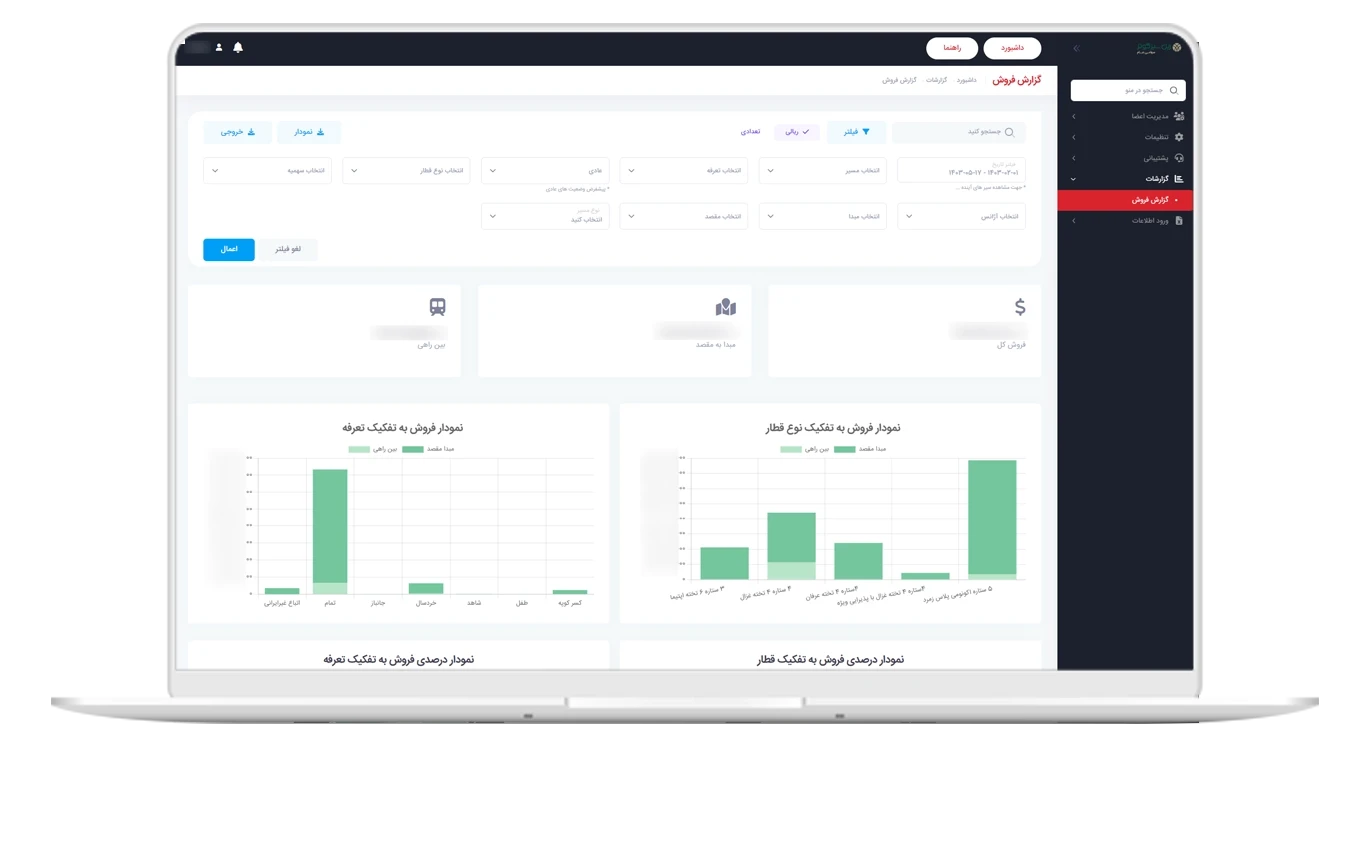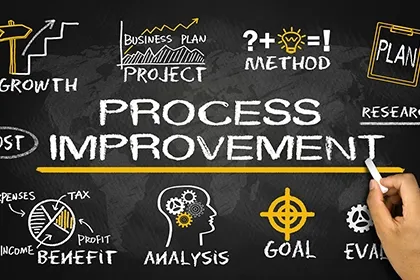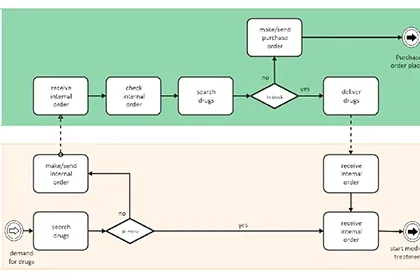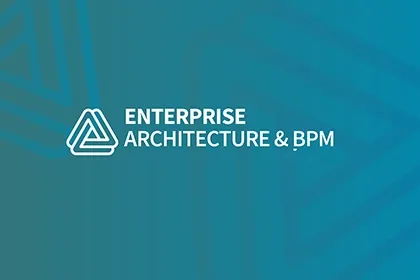In the world of digital transformation and Business Process Management (BPM), a concept known as Workflow Engine plays a vital role. This engine acts as the beating heart of BPMS systems, responsible for automatically and intelligently managing the execution flow of organizational processes based on business rules. But what exactly is a Workflow Engine, how does it work, and why is it important for organizations? In this article, we will conduct a comprehensive examination of this concept.
Definition of Workflow Engine
Workflow Engine is a software component of the Business Process Management System (BPMS) that is responsible for executing the designed processes. In fact, after modeling the processes using the BPMN language, this engine controls and directs the workflow among people, roles, and systems. The Workflow Engine automatically determines:
- Who or which system is responsible for performing each task,
- When an activity should start or finish,
- And what path should be taken in case of specific conditions.
In simpler terms, the Workflow Engine is the brain that takes processes from design to actual execution.
Importance of Workflow Engine in Organizations
In large organizations, numerous activities must be carried out based on a specific sequence and dependencies among units. Without an automated system, controlling and monitoring these workflows is quite challenging. The Workflow Engine automates tasks and communication between departments, resulting in processes that:
- Are executed faster and with fewer errors,
- Can be tracked and controlled,
- And prevent repetition and redundancy.
In fact, the Workflow Engine is the cornerstone of organizational automation, helping organizations make decisions based on accurate data and at the right time.
How Does the Workflow Engine Work?
The functioning process of a Workflow Engine typically involves several key stages, each of which forms an important part of the automated execution of processes:
1. Process Modeling
Initially, processes are designed by analysts using BPMN. This model includes activities, decisions, events, and data flow paths. The model is then transferred to the Workflow Engine to prepare for execution.
2. Interpretation of Business Rules
The Workflow Engine analyzes the defined rules in the process. These rules include decision-making conditions, user roles, task scheduling, and communications between units. In fact, business rules are the execution logic that defines the process path.
3. Process Execution
After interpreting the model and rules, the Workflow Engine begins executing the process. Tasks are assigned to individuals or systems, and any changes in status are recorded in real-time within the system.
4. Monitoring and Controlling the Process
Throughout the execution of the process, the Workflow Engine monitors the performance of each stage and sends necessary alerts to the process manager in case of delays or errors. Analytical dashboards are also designed for precise monitoring of the workflow.
5. Data Logging and Reporting
At the end of each process, the Workflow Engine logs data related to performance, duration, task status, and key performance indicators. These data serve as the basis for analysis and continuous improvement of processes in the Business Process Management (BPM) system.
Benefits of Using Workflow Engine in Organizations
- Increased speed of executing processes through task automation
- Reduction of human errors and redundancies
- Real-time tracking and reporting of process status
- Enhanced coordination between organizational units
- Flexibility in changing business rules without the need for reprogramming
- Support for data-driven decision-making for managers
Applications of Workflow Engine in BPMS Systems
The Workflow Engine can be utilized across various organizational domains and is applicable in almost any type of administrative, financial, and operational processes:
- Management of meetings and resolutions in the Meeting and Contract Management System
- Management of contracts and approval processes in government organizations
- Issuance processes for permits and requests in service organizations
- Human resource management including recruitment, leave, and performance evaluation
- Automated document flows between different units of the organization
Difference Between Workflow Engine and Rule Engine
While both are used in BPMS systems, there are significant differences between them:
- Workflow Engine: Responsible for executing step-by-step processes.
- Rule Engine: Responsible for interpreting and executing business rules and conditions.
In fact, the Workflow Engine executes the process while the Rule Engine decides what the next path in the process should be.
Conclusion
In answer to the question «What is a Workflow Engine?», it can be said that the Workflow Engine is the backbone of Business Process Management (BPM) systems. This technology, through intelligent execution of processes and controlling business rules, lays the groundwork for digital transformation, high productivity, and organizational transparency. Organizations using BPMS and Workflow Engine not only operate faster but also make more accurate, data-driven decisions.
Frequently Asked Questions
The Workflow Engine executes the process, while the Rule Engine interprets and makes decisions based on business rules.
Yes, most BPMS systems provide the ability to configure workflows and business rules according to the needs of each organization.
